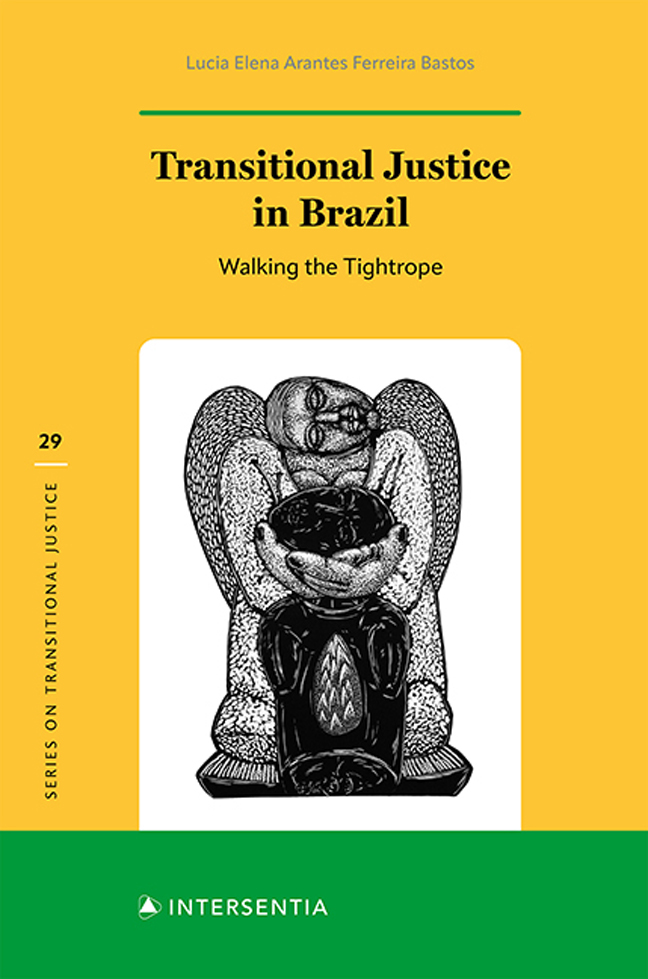Book contents
- Frontmatter
- Foreword
- Acknowledgments
- Contents
- List of Acronyms and Abbreviations
- 1 Introduction: Historical Perspectives from the Brazilian Dictatorship and Transitional Justice Measures
- Part I The Intersection Between Amnesty, the Rule of Law, and Authoritarian Legacies
- Part II Steps Towards Reparations, Accountability, and Truth
- Part III Complex Forms of Reparations, Accountability, and Truth-Seeking: Actors Beyond Agents of the State
- Bibliography
- Index
- About the Author
7 - Redressing Violations of Indigenous Rights
Published online by Cambridge University Press: 29 February 2024
- Frontmatter
- Foreword
- Acknowledgments
- Contents
- List of Acronyms and Abbreviations
- 1 Introduction: Historical Perspectives from the Brazilian Dictatorship and Transitional Justice Measures
- Part I The Intersection Between Amnesty, the Rule of Law, and Authoritarian Legacies
- Part II Steps Towards Reparations, Accountability, and Truth
- Part III Complex Forms of Reparations, Accountability, and Truth-Seeking: Actors Beyond Agents of the State
- Bibliography
- Index
- About the Author
Summary
“My father told me;
I’ll tell my son.
When he dies?
He tells his son.
It’s like this: nobody forgets”.
The above sentence is mentioned on the last page of the 1984 Report entitled Brasil: Nunca Mais (Brazil: Never Again), which was the first comprehensive document describing human rights violations related to the dictatorship and State repression perpetrated against labor union members, students, politicians, journalists and clerics. The remarkable fact is that, although this epilogue comes from the testimony of an indigenous person named Kele Maxacali, this same report does not contain information on the persecution suffered by indigenous people during the period from 1964–1985 – people who were perhaps the most invisible victims of the Brazilian dictatorship.
7.1. THE INVISIBILITY OF INDIGENOUS PEOPLE
In fact, with regard to the indigenous population of Brazil, the representation of the past has been characterized by a kind of emptiness or silence for a long time. It is necessary to deal with this prolonged absence of an official policy regarding the human rights violations committed against indigenous peoples, since it seems that they have been excluded, not only from national history but also from the consolidated memory of the dictatorship, as will be shown in this chapter. This emptiness refers to the fact that for a long period of time, at least until 2014 (with the presentation of the final report of the National Truth Commission), indigenous concerns had not been included in the narrative of human rights violations during the Brazilian dictatorial regime, which demonstrates that, even during a democraticera, the rights of the indigenous population are still rarely observed.
7.1.1. INDIGENOUS PEOPLE AND LEGAL PROTECTION DURING THE MID-TWENTIETH CENTURY
One can begin to analyze the twentieth-century legal framework regarding indigenous issues with the 1934 Constitution, which referred to indigenous people only in establishing the authority of the federal government to legislate about the incorporation of such people into the wider nation (following an integration model), as well as establishing that the land where indigenous people were located should be respected and could not be sold or disturbed.
- Type
- Chapter
- Information
- Transitional Justice in BrazilWalking the Tightrope, pp. 171 - 204Publisher: IntersentiaPrint publication year: 2023



